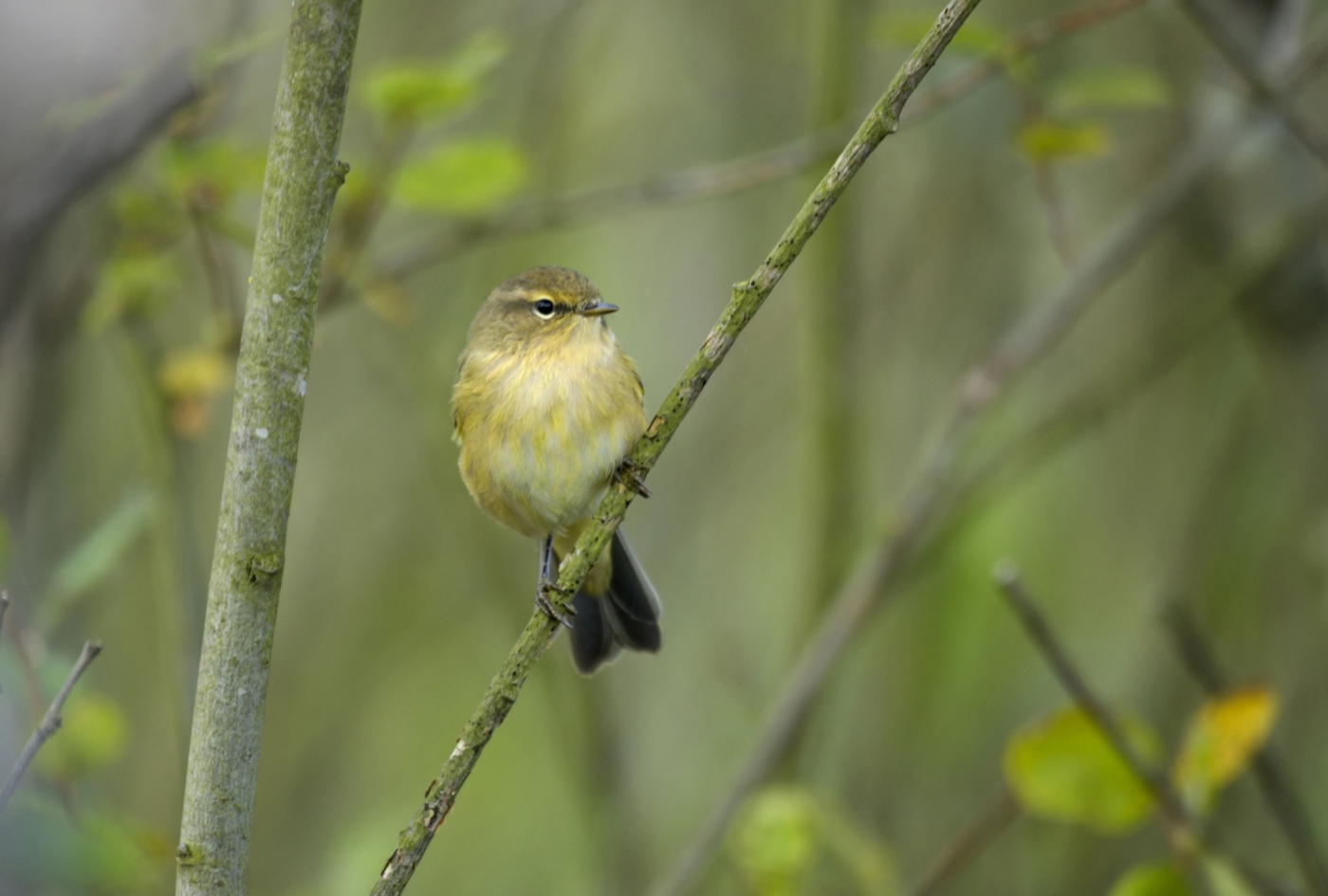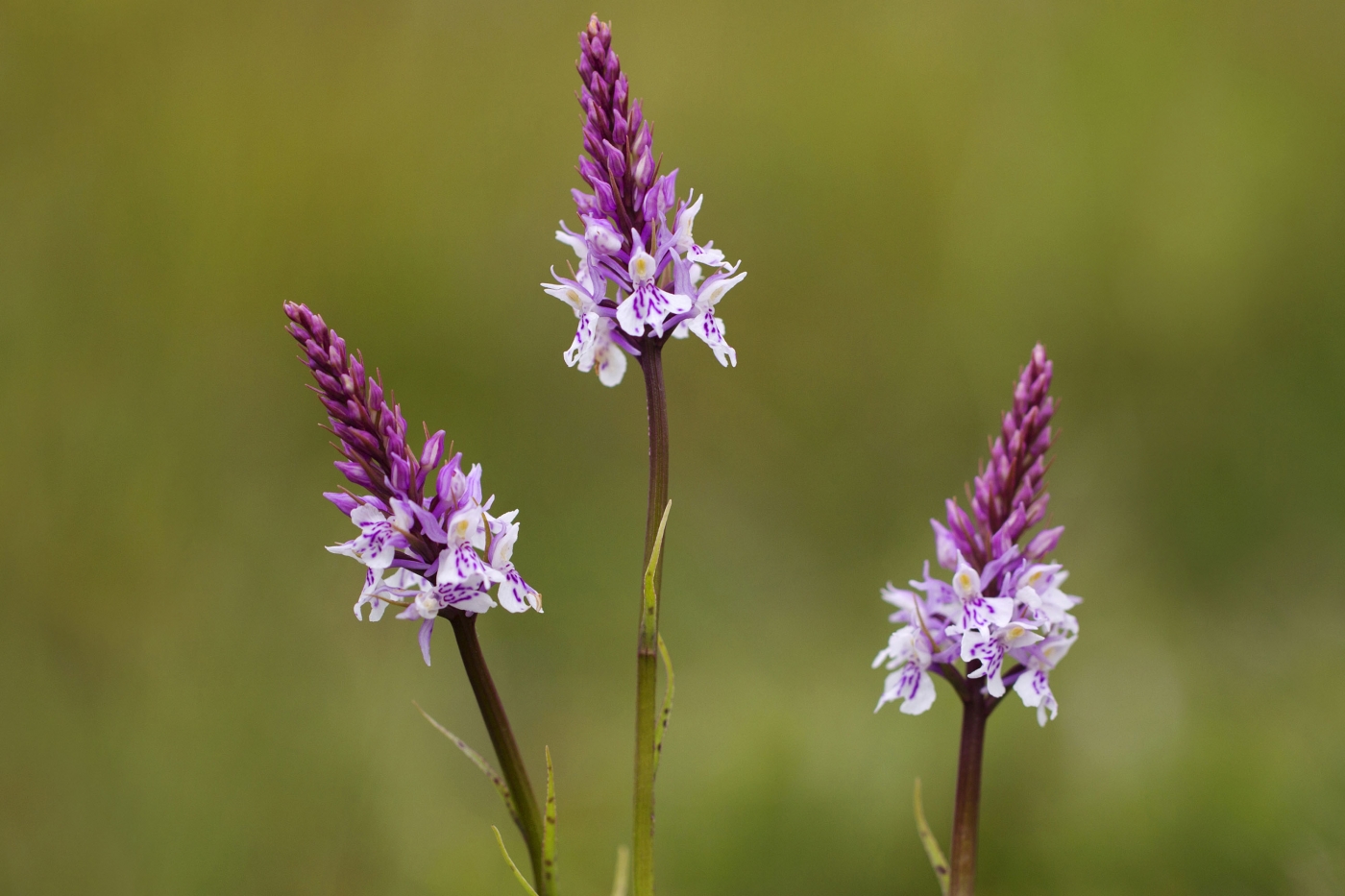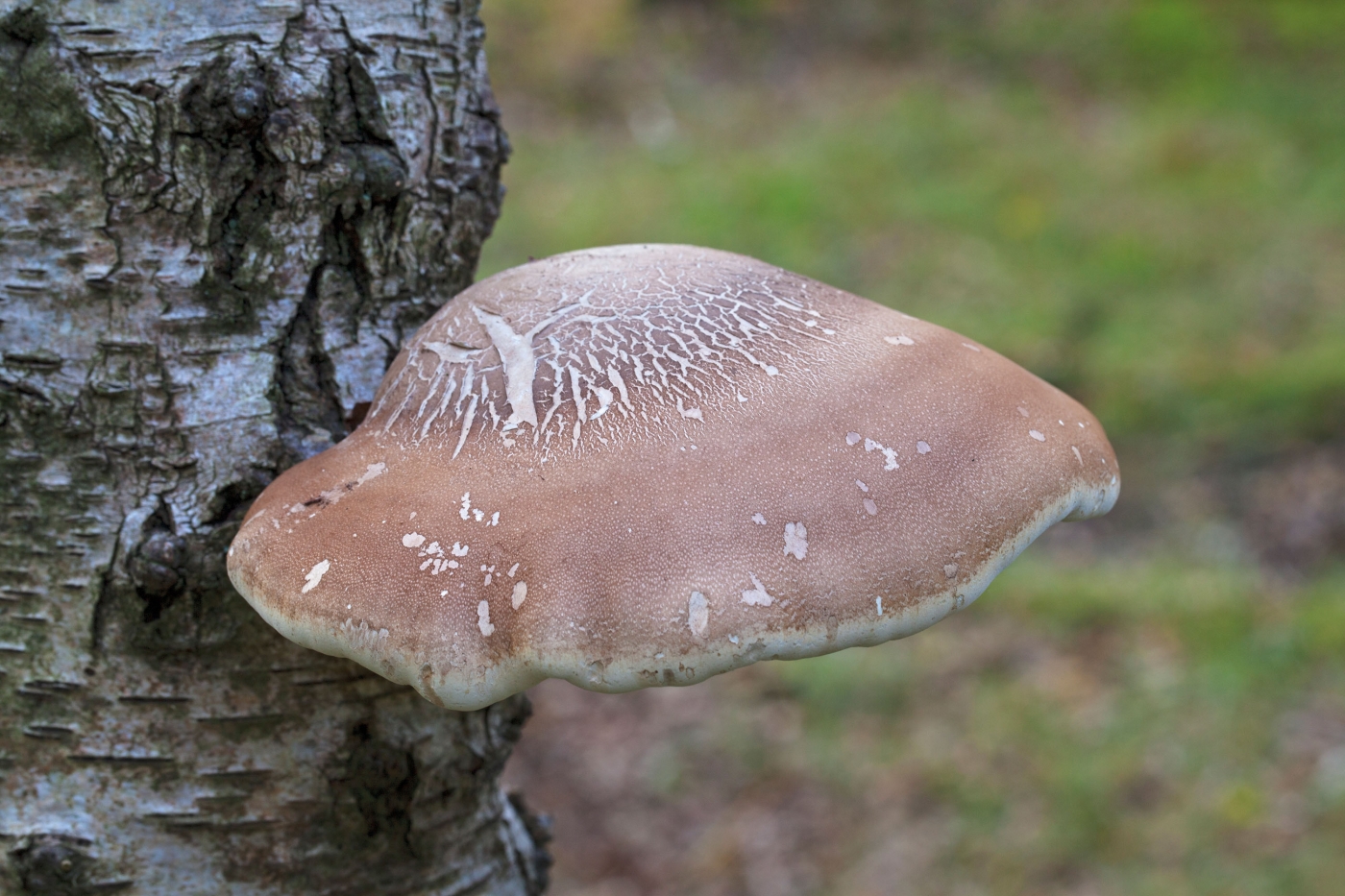The Seasons
Sherwood is a place that ebbs and flows with the seasons, different every day, magical in its own way. Here’s what you’ll discover as the seasons come and go…
Spring sees the long winter lift, the sun is a little higher and shines a little longer, and life starts to re-emerge. The birches and the oaks start to bud, and catkins appear. Bird song rises, peaking in early May as the migrant birds return. Listen out for the chiffchaff, easily heard here, with its distinctive song, and the cuckoo, not so easy to track down but most audible in the early morning and the evening, in the north west of Sherwood and the open heath. You’ll also hear the tumbling songs of warblers including blackcaps, willow warblers and garden warblers and if you’re lucky, the redstart, from its preferred spot near restored wood pasture.

Chiffchaff, listen out for their distinctive song
In summer, you’ll find plenty of butterflies emerging, like the speckled wood butterfly, which blends perfectly with the woodland background as it basks in dappled sunlight. From May to July, look out for black-headed and red-headed cardinal beetles.Throughout the woods you’ll see the red campion flower, it’s little bursts of cerise to vermillion petals lining the paths, and you could find the common spotted orchid, which thrive near the Major Oak. In a nearby spot, you’ll find a large patch of bilberry bushes coming into fruit from late June. And altogether easier to spot, are the long-horn cattle that roam the forest, helping us to manage vegetation and growth. Look out for signs in the forest telling you where to find these animals grazing, and please ensure you keep dogs on leads.

Common spotted orchid
Autumn sees the palette change from verdant green to gold, orange and rust and brings forest fungi to life. The birch polypore fungus being the easiest to spot (sometimes called the razor strop as it was used to sharpen blades), but there are 300 other species here – some edible, some medicinal and some poisonous – please do not remove them, they are protected and potentially dangerous too! You’ll find the jay, feeding on ripe acorns and storing some for winter too, burying them in the soft ground. And look out for the nuthatch, here and very vocal all year, but easier to spot as the leaves start to fall. You’ll also catch one last burst of song from the chiffchaffs, who become active again in autumn as they prepare for migration.

Birch polypore
In winter, the forest is quieter and stiller, a dormant wilderness to wander thoughtfully through. Look out for crossbills chip-chipping up high in conifer trees, while flocks of siskins and lesser redpolls flit across the tops of ghostly white birch. Look out for the marsh tits along the path to the Major Oak from the visitor centre, and keep them peeled for a lovely winter visitor to Sherwood, the redwing. Come February, woodpeckers drumming noisily in the leafless branches of the woodland and woodlarks singing their fluty song on the heath are two signs that spring is surely around the corner.